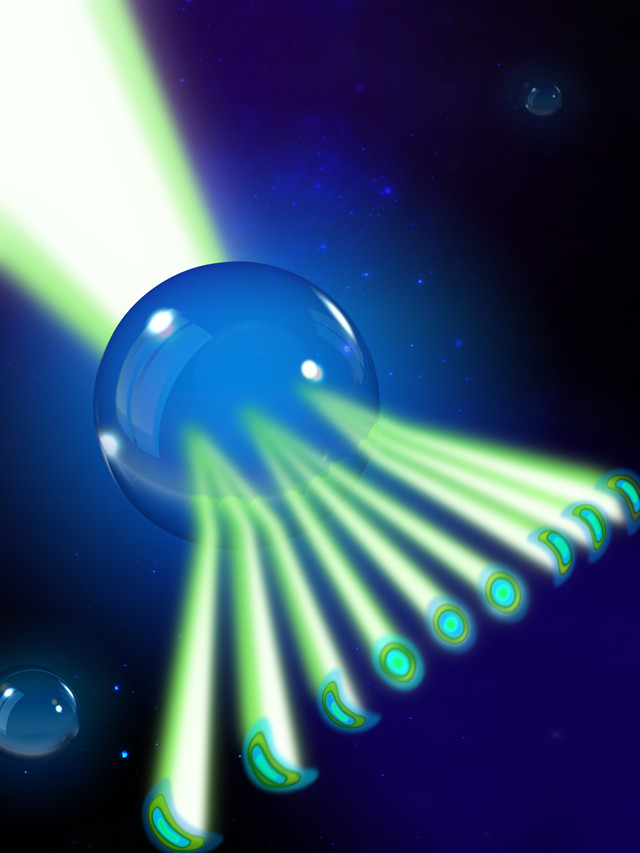
By harnessing complex scattering light from objects on the scale of small cells, a new study from the School of Mathematics and Physics, the University of Queensland (SMP) has found a way to expand the application of optical tweezers.
Introduced nearly three decades ago, optical tweezers are widely used in physics, biology and chemistry. The technique uses a pressure from light to hold and manipulate objects, and is capable of picking up a single virus or molecule.
Lead author Dr. Michael Taylor noted that to date the forces exerted when using optical tweezers had been highly limited, which prevented broad use of the method.
Dr. Taylor said, “Our research investigates whether the application of optical tweezers can be improved by harnessing the properties of larger objects.”
Dr. Alexander Stilgoe, a postdoctoral research fellow on the project, said that before this study, optical tweezers were limited to smaller objects as a result of the way they interact with light.
Dr. Stilgoe said, “While smaller objects deflect light in a simple manner, larger objects scatter it into complex patterns of bright and dark regions. This complex scattering behaviour can be used to increase the performance of optical traps.”
“By harnessing complex scattering, we could increase control of the optical tweezers. We shaped our light to force the particle to act like a microscopic beam splitter, capable of rerouting the direction of the light. We used this to strengthen the trapping forces, increasing the trap stiffness by over 20 times and improving our measurement of particle vibrations by over 100 times.”
In the study, the researchers show that this increased efficiency is widely accessible to labs across the world as it only requires standard optical tweezers.
Dr Taylor said, “Our study will allow labs to pursue a wider range of research questions because we can now trap and manipulate particles more efficiently. Applications range from micro-robots driven by light and fundamental tests of gravity to studies of aerosols and cell handling.”
The authors of the study, published in Nature Photonics entitled ‘Enhanced optical trapping via structured scattering’, are Mr. Muhammad Waleed, Dr. Alexander Stilgoe, Dr. Michael Taylor, Associate Professor Warwick Bowen and Professor Halina Rubinsztein-Dunlop.
The work was supported by the United States Air Force Office of Scientific Research and the Asian Office of Aerospace Research and Development, and was hosted by the Australian Research Council Centre of Excellence for Engineered Quantum Systems (EQuS) and the School of Mathematics and Physics, the University of Queensland.



